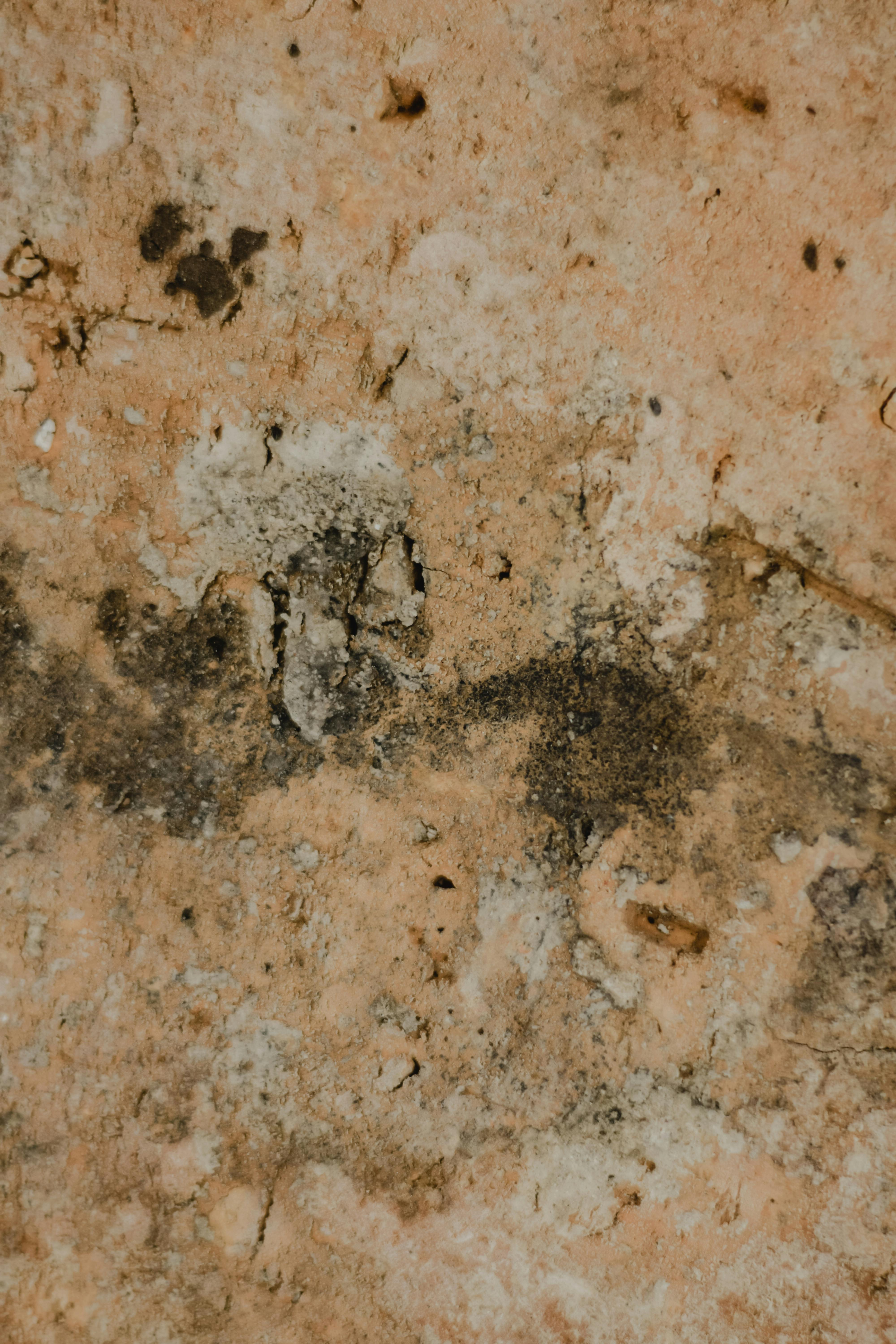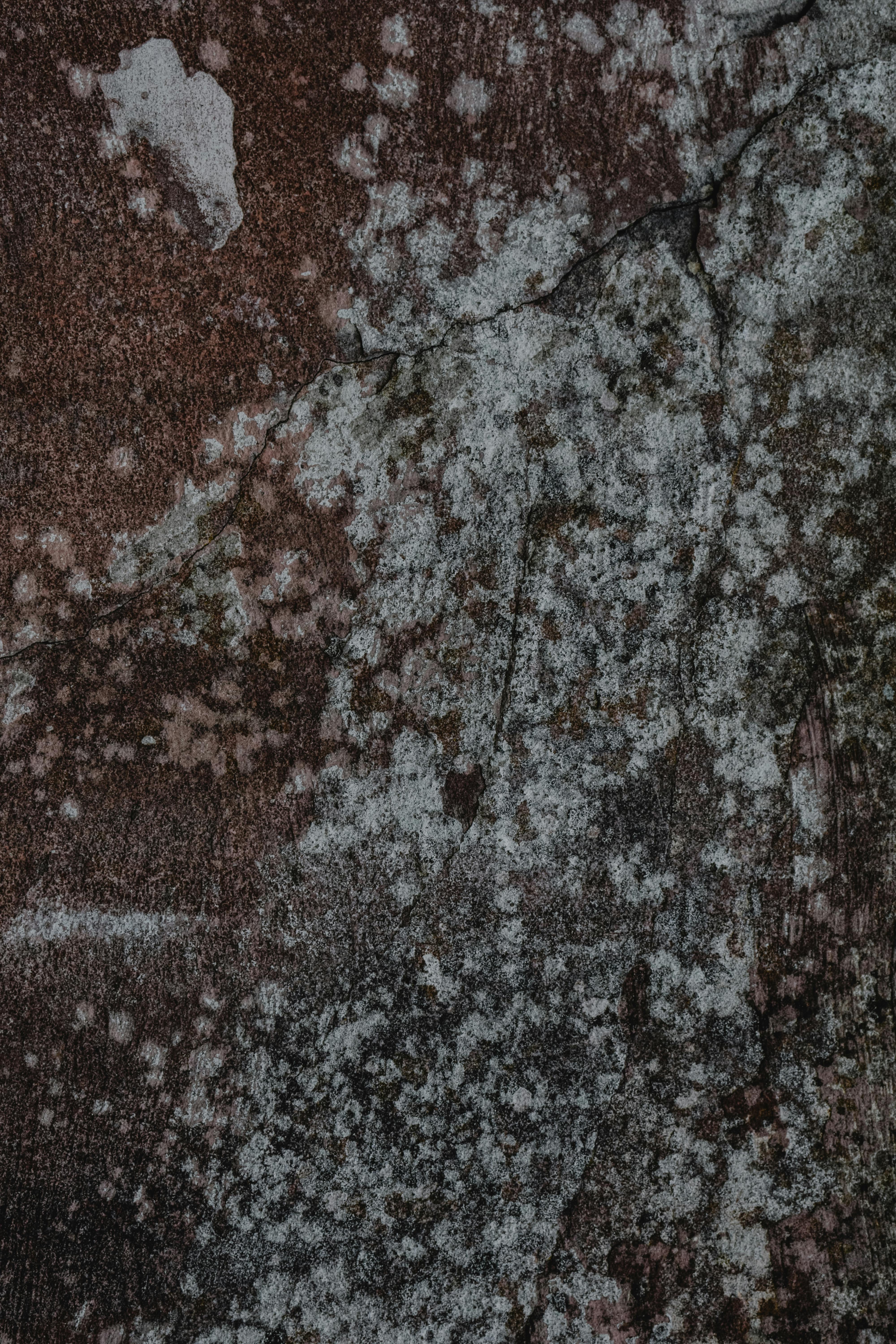Schimmel Wand: Understanding and Resolving Mold Issues
What is a Schimmel Wand?
“Schimmel wand” directly translates to “mold wall” in English, referring to walls that are heavily infested with mold or mildew. Mold can thrive in damp environments, and certain conditions can accelerate its growth. Understanding what causes schimmel wand is crucial for homeowners, as it can lead to structural damage and health concerns. Typical signs of mold growth include discoloration, foul odors, and a moist, damp feeling in the air. When dealing with a schimmel wand issue, it’s essential to identify the cause to effectively remediate the problem.
Common Causes of Mold on Walls
Mold growth on walls can be attributed to various factors. First and foremost, **high humidity levels** are a significant contributor. When indoor air is saturated with moisture, especially in kitchens and bathrooms, mold finds it easier to thrive. Poor ventilation is another factor; without proper airflow, moisture can linger, paving the way for mold growth. Additionally, water leaks, whether from a roof, pipes, or windows, create an ideal breeding ground for mold. Regular checks and maintenance can help prevent mold development and protect your living space.
Health Impacts of Mold Exposure
Exposure to mold can pose serious health risks for individuals, particularly those with pre-existing respiratory issues or allergies. Common symptoms of mold exposure include coughing, sneezing, and skin irritation. More severe reactions, such as respiratory infections or asthma attacks, can occur in sensitive individuals. Recognizing the health impacts associated with schimmel wand is crucial for prompt action. If you suspect mold growth in your home, seek professional help to mitigate exposure risks and protect your health.
Identifying Mold on Walls
Identifying schimmel wand is often straightforward if you know what to look for. Mold typically appears as spots or patches that can range in color from black to green or even white. It often has a fuzzy texture and may emit a distinctive, musty odor. Besides visual inspections, homeowners can often detect moisture behind walls through dampness or peeling paint. A proactive approach to identifying mold can help mitigate further damage and health risks before they escalate.
How to Resolve Schimmel Wand Issues
Resolving schimmel wand requires a systematic approach that encompasses identification, removal, and prevention. Successful remediation involves understanding which methods are best suited for the situation. It is critical to act promptly to avoid severe structural damage and health implications. In many cases, hiring a professional mold remediation service can be beneficial, especially for larger infestations. However, with the proper methods and precautions, homeowners can tackle minor infestations themselves.
DIY Removal Techniques
If you find mold in a small, confined area, you may be able to handle it independently. Begin by ensuring the affected area is well-ventilated and wear protective gear, including gloves and a mask. You can use a mixture of water and vinegar or a commercial mold remover to scrub away the mold. After cleaning, ensure the area is thoroughly dried to prevent future mold growth. However, keep in mind that extensive mold infestations often require professional assessment and removal. The image below depicts a common DIY mold removal scenario:

Professional Remediation Services
In cases where mold growth is extensive, hiring a professional remediation service may be necessary. These experts have specialized tools and techniques to address schimmel wand effectively. Depending on the severity, professionals may use chemical treatments, dehumidifiers, and advanced air filtration systems to eliminate mold from your home. They also conduct thorough inspections to identify hidden mold sources, offering a comprehensive solution that reduces the likelihood of recurrence.
Preventative Measures
Preventing schimmel wand should always be a priority for homeowners. Regular maintenance, such as checking for leaks and improving air circulation, can significantly reduce mold growth risk. Investing in a dehumidifier can also aid in maintaining low humidity levels, particularly in problem areas like basements and bathrooms. Additionally, using mold-resistant paints and sealants can help protect surfaces from mold proliferation. Here’s a visual representation of a well-maintained environment, which is crucial in mold prevention:

Key Takeaways
- Understanding schimmel wand is essential for maintaining a healthy living environment.
- Identifying the causes of mold, such as humidity and leaks, can help in prevention.
- Both DIY and professional mold removal methods are available depending on the severity of the infestations.
- Regular maintenance and preventative measures are crucial in avoiding mold growth.
FAQ
1. How can I prevent schimmel wand in my home?
To prevent schimmel wand, ensure proper ventilation in high-moisture areas like bathrooms and kitchens. Use dehumidifiers to control indoor humidity levels and promptly fix any leaks or moisture problems. Additionally, applying mold-resistant paint can provide a protective barrier against mold growth, making it a practical preventive measure.
2. Is mold exposure dangerous?
Yes, mold exposure can be hazardous to health, particularly for individuals with allergies, asthma, or weakened immune systems. Symptoms can range from mild skin irritation to serious respiratory issues. If mold is suspected, it is advisable to seek professional help to mitigate health risks.
3. When should I call a professional for mold remediation?
You should consider calling a professional for mold remediation if the affected area exceeds 10 square feet, if mold is present in HVAC systems, or if you experience persistent health issues related to mold exposure. Professionals possess the necessary knowledge and resources to handle extensive infestations effectively.
4. Can I remove mold without damaging the walls?
In many cases, it is possible to remove mold without harming walls, especially if the infestation is minor. Using gentle cleaning methods, such as vinegar solutions or specialized mold removers, and ensuring the area is dried afterward can help preserve the integrity of the walls. However, extensive mold growth may necessitate wall repair or replacement.
5. How can I tell if mold is behind my walls?
Signs of mold behind walls may include moisture stains, peeling paint, or a persistent musty odor. In some cases, using a moisture meter can help detect high humidity levels behind walls. If these signs are evident, it’s advisable to consult a professional for assessment and potential remediation.
